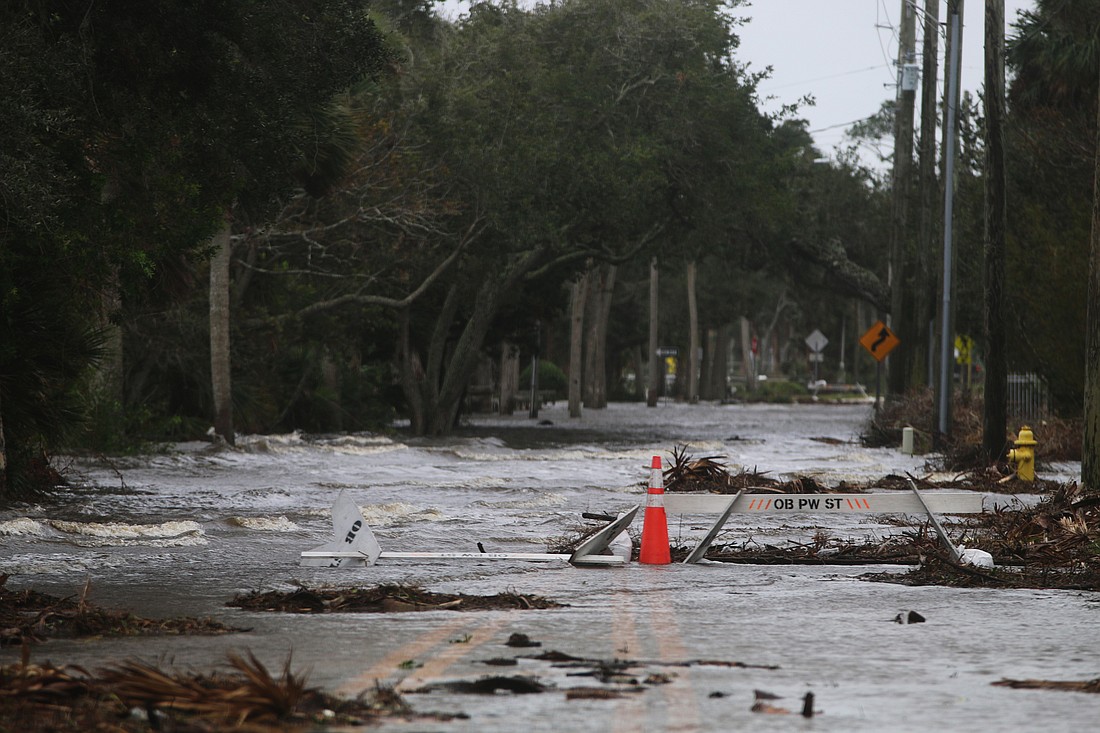- December 15, 2025

by: Pat Kuehn
Volusia County Community Information
Volusia County’s emergency management officials continue to monitor impacts from Hurricane Nicole. Here’s the latest information from the Emergency Operations Center.
Volusia County Sheriff Mike Chitwood has ordered the closure of all bridges to the beachside with the exception of the North and South Causeways in New Smyrna Beach. Only essential personnel are allowed to cross the closed bridges until further notice.
Volusia County has declared a curfew in incorporated and unincorporated areas east of the Intracoastal Waterway from 11:22 a.m. Thursday, Nov. 10, through 7 a.m. Friday, Nov. 11. The curfew does not apply to regular members of law enforcement and regular employees of local businesses, industries and governmental entities while traveling to and from their jobs. All emergency workers are exempt, provided they have identification if stopped by law enforcement personnel.
Residents are advised to shelter in place and stay off the roads until notified that it’s safe to go out. Standing water, downed trees and other debris could make roads dangerous and impassible.
Some traffic signals may not be operating. If you approach an intersection that is not operable, you must treat it as a four-way stop.
As of 11 a.m., nearly 35,000 Volusia County homes and businesses were without power.
If you see a downed line, assume that it’s electrified and don’t touch it or go near it. Report it to your power company as well as the Citizens Information Center at 866-345-0345.
To report power outages or downed power lines, contact your electric provider:
Two hundred residents sought shelter in Volusia County’s shelters.
Three shelters remain open:
All three shelters will accept pets. Those staying at a shelter with their pets must bring necessary pet items and supplies.
Carbon monoxide is an invisible, odorless, tasteless gas and is highly poisonous. Depending on the level of exposure, CO may cause fatigue, weakness, chest pains for those with heart disease, shortness of breath upon exertion, nausea, vomiting, headaches, confusion, lack of coordination, impaired vision, loss of consciousness, and in severe cases, death.
If you lose power and plan to use a generator, follow these safety tips:
Evacuees seeking accommodations on the mainland side of Volusia County can visit the following link: https://www.daytonabeach.com/places-to-stay/hotels/near-daytona-international-speedway/. In addition, Visit Florida has activated the Emergency Accommodations Module on Expedia.com to provide real-time hotel and lodging availability for impacted Floridians and visitors.
For additional information related to the storm, visit volusia.org/PIN or call the Citizens Information Center at 866-345-0345.